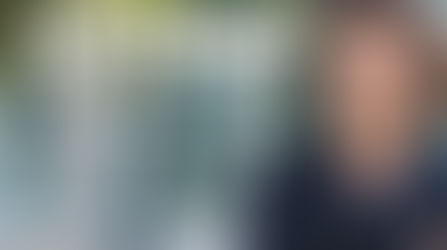Dick – Afterlight
- Diego Barbosa-Vásquez
- Oct 30, 2017
- 4 min read
Updated: Jan 26, 2024
Vectoral Analysis by Diego Barbosa-Vásquez
Robert Dick – Afterlight
*Remember to participate in the forum if you want to debate any point described at this analysis.
Historical Background
This piece is a great example about how the philosophical advances of sounds and music, made in the previous years, influenced the music of 1970s. In this piece composed in 1975, the influences of the expanded techniques that can be linked to Cage and Electronic Sounds, are clearly seen. The uses of multiphonics and glissandos are examples of it. However, is important to highlight that in the piece those elements are used as a composition tool serving the musical dramatic concept. Another important element to stand out of this piece is how this work extended the literature not only flute but also other instruments that encountered in the extended techniques a compositional tool for avant-garde compositions.
Overview, Structure, and Texture
As is described by the composer in his descriptive text for the piece, this is a dramatic work. The structure of the piece is not defined by the use of a compositional tool or serialistic approach to the pitches, it is defined by phrases that separates different rhythmical and horizontal motives. In terms of the texture, despite the fact that is for a solo flute, the piece can be consider a mix between mono and homophonic procedures due to the use of multiphonics. With this technique many of the cases the second voice is an octave duplication of the first, while in other places (as page 4 last staff or 5 page second staff) the movements between voices can be consider contrapunctual. However, those different movements can be analyzed too from a different perspective more as an effect than a contrapuntal treatment given to the piece a monodic texture in its entire.
Orchestration Techniques
The most relevant aspect to highlight about orchestration treatment is the use of multiphonics. As a flautist the composer knows very good how the instrument functions. This expertise added to the electronic sounds influences that the era gives to Dick, creates a piece that exploit an extended the flute technique. This new technique allowing the performer to create even 4 sounds at the same time. In terms of how this new possibility of multiple sounds is used, the octave is the most recurrent. However, with the time the performed started to find seconds, thirteenths and even second, octave and ninth at the same time as in page 3 second staff.
Basic Techniques
This is a very technique influenced piece because two important points. First, the multiphonics is the responsible of the vertical approach of the piece. It creates only certain possibilities in the notes in its vertical approach. Second, the breathing gives to the flautist the length of the phrases. This is even described by the composer talking about no bar lines to create freedom in its performance. Furthermore, the dramatic characteristic of the work with contrast of moods (created by long notes regardless short and rhythmical patterns) can be assumed as a technical aspect too that facilitates the multiphonics hearing without creating a piece based just in long notes.
Vertical Models
The composition is primarily a monophonic composition for flute. However, the piece is based in the uses of multiphonics that requires an analysis of the vertical produced sounds. To understand those is important to highlight that the creation of multiphonic sounds is based in the way to manage the natural harmonics of a note. For example, the octave that is easily produced is very often used in this piece. In addition to this basic interval, the piece explores other harmonics to produce thirteenths, ninths and seconds. Important to standout that those vertical sounds are not thought in any triadic quartile or hexachordical relation to each other’s, are just the managed natural harmonic result of horizontal models.
Horizontal Models
Despite the fact that the dramatic structure and diversity of the piece is based in the contrast of the moods (long notes with multiphonic vs. rhythmical movements) the horizontal models are the based to give variety to the piece with three aspects. First, its movements goes to the diatonic and chromatic movements of seconds and thirds at the beginning to leaps of 7ths at the middle part and the end. This increases in movement is based in the dramatic approach of the work. Second, the horizontal models usually use the resource of arpeggiation that are placed mostly in the rhythmical moments of the piece. Third, the glissandos, not only between a diatonic movement but also through a 7th leap as is seen in the page 5 second staff, are important horizontal elements for the piece.
Style
The technical instrumental precision of the piece is the basic element of its style. From the harmonic creation that defines the vertical approaches, to the breathing that determines the length of the phrases, the style of the work is preliminary a difficult work for flute. In addition, the uses of a form to create a dramatic piece but with a chromatic-diatonic-arpeggiation approach to the pitches creates a style that takes element of different compositional styles of many centuries.































Comments